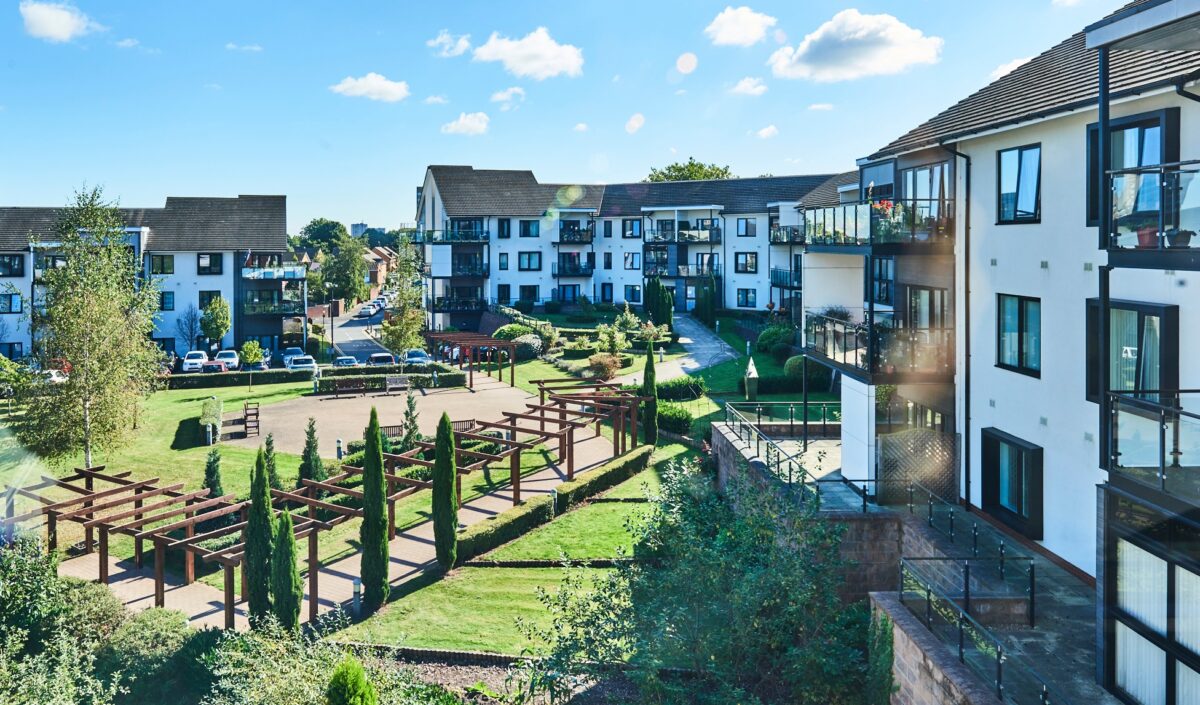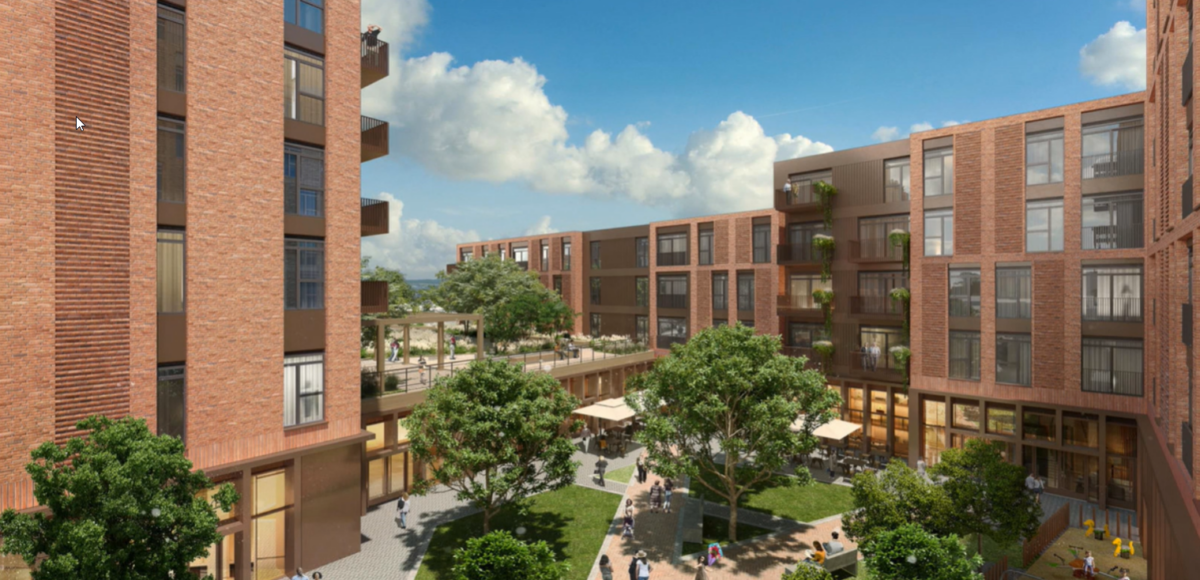There aren’t many more pressing issues for Labour to tackle than the social care crisis, if we get into government after the next election.
- Millions without access to the care they need
- High care costs looming
- An urgent workforce challenge, with nearly 500,000 extra staff needed by 2035 to meet the needs of the ageing population.
The list goes on.
Tackling the care crisis is important in its own right. People have a right to good quality care, and staff deserve good pay and conditions. But the social care crisis bleeds into other areas of life. It’s inextricably linked to challenges in the NHS, with a lack of good-quality care resulting in people spending unnecessary time in hospital.
Labour has started to show its ambition, launching a commission on a roadmap to a National Care Service, being undertaken by the Fabian Society. The idea is to produce recommendations for the first years of a Parliament, as well as longer-term proposals for a more total transformation.
As well as the urgent funding issues and need to tackle the workforce crisis, there is an aspect of social care reform that we can’t overlook: the need to think differently about how social care is provided. In what settings should we look after people needing care? To what extent does the traditional model of either receiving care at home, or moving into a care home, suffice for the modern era?
It has been pleasing to see the Fabian Society’s initial principles for social care recognising this, putting preventative models which keep people healthy and independent for longer at the heart. They have also highlighted the important role of housing.
Because, while the social care crisis impacts deeply on other areas of life like healthcare, solving the social care crisis will itself necessitate drawing on other policy areas – housing included.
For older people, who receive about two-thirds of the social care provided in this country, good housing can make all the difference. And housing-based models of care are emerging to bridge the gap between care at home and a care home; two ends of what should be a diverse spectrum of care options.
These include Shared Lives Plus schemes which enable people to bring someone needing extra support and care into their home, creating bonds across the generations, and Integrated Retirement Communities (sometimes called housing-with-care), giving older people the chance to rent or buy a flat in a community with onsite staff, social care, and communal facilities.
Supply of these innovative new options is severely limited, though. Around 14,000 people currently use Shared Lives Plus, while there are only 75,000 homes within housing-with-care. Just 0.6% of over-65s currently have the opportunity to live in this kind of setting, 10 times less than countries like New Zealand, Australia and the US.
Demographic change demands that we do better. A recent report published as part of the Mayhew Review argued 50,000 new homes for older people need to be built each year to meet the needs of the ageing population. That’s one in six of all new homes if the government meets its target of 300,000 a year. A significant proportion of these need to be homes including social care, said Professor Mayhew.
Putting housing-based options at the core of social care reform is not just about expanding choice for older people. It’s about keeping people healthy and well for more years: GP and hospital visits go down by an average of 38% per resident, and social care costs reduce by nearly 18% for those with lower-level needs, and 26% for those with higher-level needs.
So, what would Labour need to do to put rocket-boosters on this type of care, to really put housing at the core of a National Care Service committed to prevention?
Yes, funding would have an important role, particularly to grow the affordable and social rent parts of the sector. Following a growth spurt in affordable extra care housing under New Labour, there is now not enough funding to build, operate, and provide care in these settings.
But funding is not the only answer. What is really needed is a government that backs housing-with-care with a clear definition of the sector, reforms the planning system to make it easier to build, and puts in place stronger consumer protection regulation to inspire confidence.
It’s an area that simply hasn’t received government attention of any kind – something that has been critical to success in other countries. The government’s Older People’s Housing Task Force, due to launch imminently, will be an important step.
When Labour’s commission on social care produces its recommendations, and when the Party plans its reforms for the next Parliament, there will be many issues at the top of the social care in-tray. Finding a fair and sustainable funding settlement, and tackling the workforce crisis, are key.
But reimagining the social care system and creating modern options fit for the modern era are equally as important. If Labour gets into government, it has the opportunity to do something truly transformative on social care – and housing has a key part to play.
Sam Dalton works on housing and social care policy for the representative body ARCO, and is a Labour Party councillor in Southwark.




